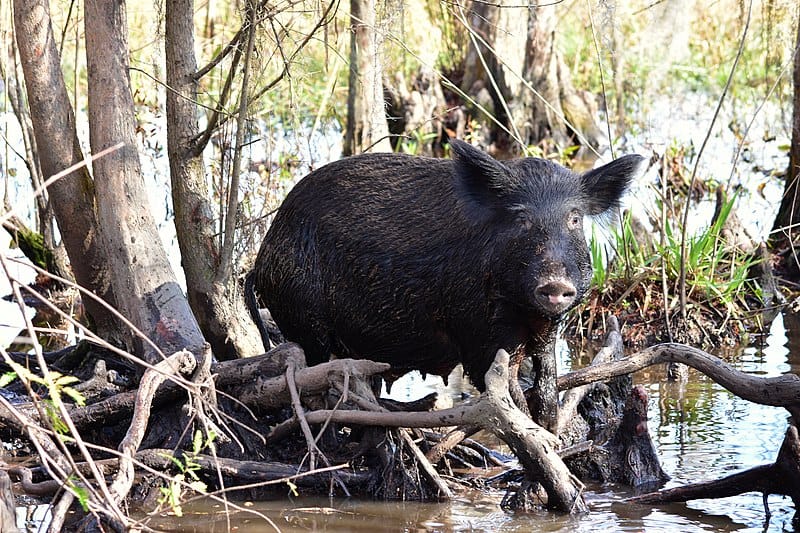When people think about dangerous wildlife in Texas, their minds often jump straight to venomous snakes like rattlesnakes, copperheads, or coral snakes. While these reptiles certainly deserve respect, they aren’t responsible for the most human fatalities or injuries in the Lone Star State. The title of Texas’s most dangerous animal belongs to an unexpected contender that roams freely throughout much of the state. This article explores the surprising truth about which animal poses the greatest threat to Texans, examining the statistics, behaviors, and preventative measures everyone should know about when enjoying Texas’s diverse natural environments.
The True Danger: White-tailed Deer
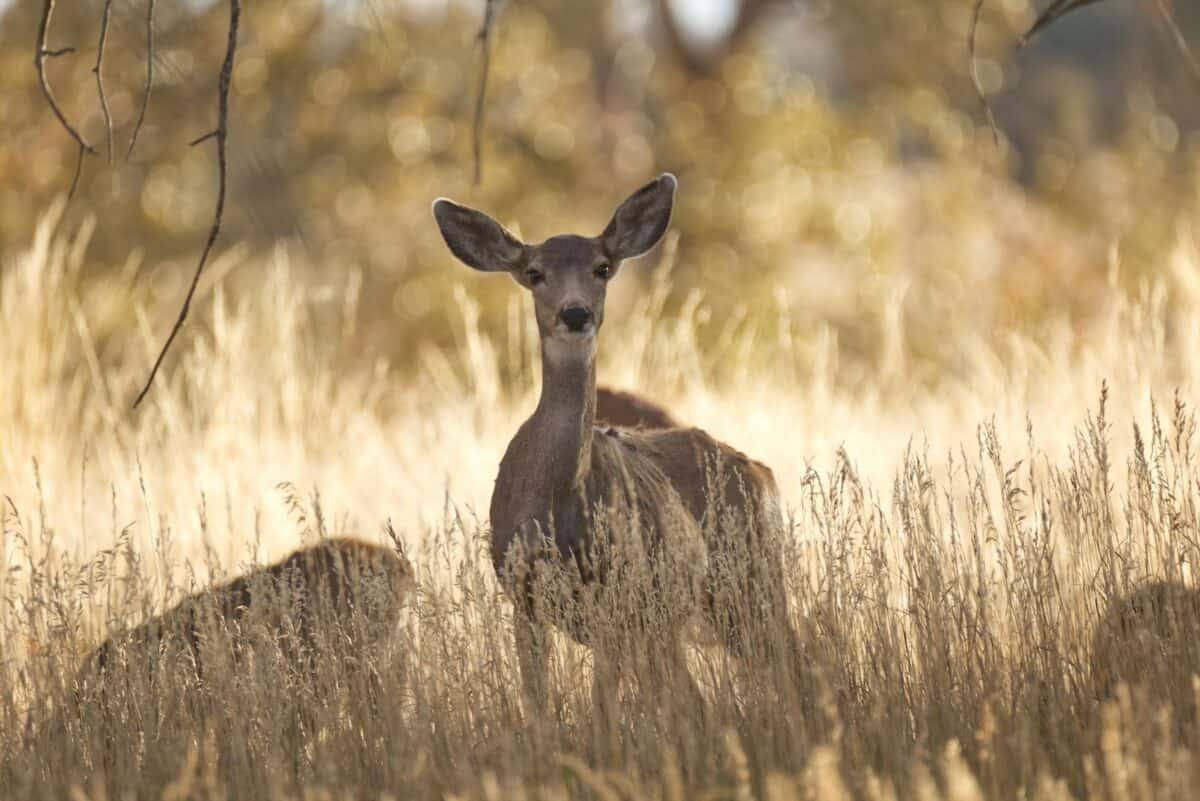
Perhaps surprisingly, the white-tailed deer (Odocoileus virginianus) is considered the most dangerous animal in Texas when measured by human fatalities and injuries. These seemingly docile creatures are responsible for approximately 200 deaths annually across the United States through vehicle collisions, with Texas consistently ranking among the top states for deer-vehicle accidents. According to the Texas Department of Transportation, the state averages over 8,000 reported deer-vehicle collisions annually, though the actual number is likely much higher due to unreported incidents. These accidents cause an estimated $1.2 billion in property damage each year in Texas alone, not to mention the human cost in injuries and fatalities.
Deer-Vehicle Collisions: A Deadly Problem

The danger of deer doesn’t come from attacks but from their unpredictable behavior around roadways. Deer are most active during dawn and dusk—coinciding with peak commuting times—and are especially mobile during their breeding season (rut) from October through December. When startled by approaching vehicles, deer often freeze momentarily before making sudden, unpredictable movements. A full-grown white-tailed deer can weigh between 100-300 pounds, creating a significant impact when struck at highway speeds. Unlike collisions with smaller animals, deer crashes frequently result in serious vehicle damage, driver injuries, and even fatalities when drivers swerve to avoid them or when the deer crashes through the windshield upon impact.
Wild Hogs: The Destructive Runners-Up

Feral hogs (Sus scrofa) represent another significant danger in Texas. With a population estimated at 1.5 million and growing, these non-native invasive animals cause approximately $52 million in agricultural damage annually in Texas. While direct attacks on humans are relatively rare, they do occur, particularly when the hogs feel cornered or when sows are protecting their young. Equipped with sharp tusks and capable of reaching speeds up to 30 mph, adult hogs weighing 200+ pounds can inflict serious injuries. Additionally, like deer, they contribute to vehicle collisions, though to a lesser extent. Their greatest impact on human safety comes from their destruction of habitats, contamination of water sources, and transmission of diseases including brucellosis, which can be transmitted to humans.
Fire Ants: Tiny but Lethal
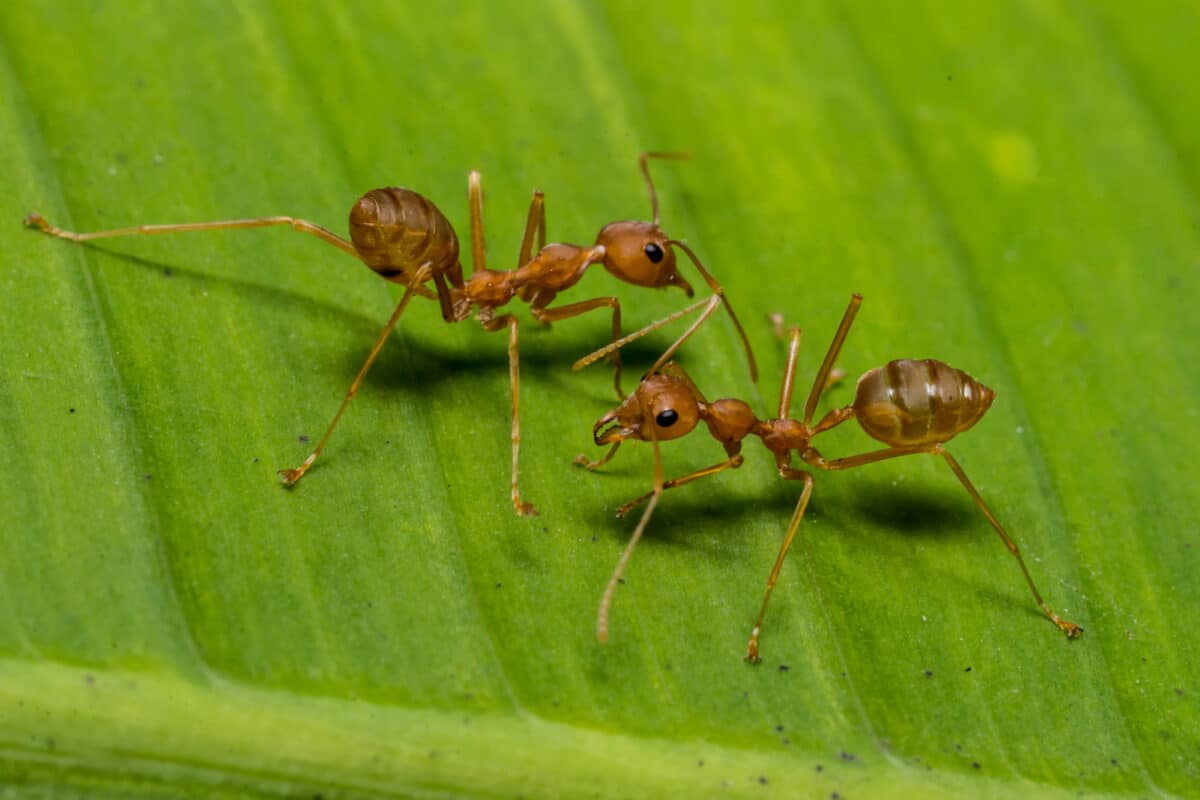
Red imported fire ants (Solenopsis invicta) may be small, but they present a serious danger across Texas. These invasive insects deliver painful stings that inject venom causing burning sensations and characteristic pustules. For approximately 1% of the population with severe allergies to their venom, fire ant encounters can trigger anaphylactic shock, which can be fatal without prompt medical intervention. The Texas Department of Agriculture estimates that fire ants cause about $1.2 billion in damage and medical costs annually in Texas. They’ve been responsible for over 80 documented deaths in the United States since their introduction, with numerous fatalities in Texas. Their colonies, which can contain up to 250,000 ants, are common throughout the eastern two-thirds of Texas.
Mountain Lions: Rarely Seen Predators

While mountain lions (Puma concolor) naturally generate fear, they’re responsible for remarkably few human injuries in Texas. These solitary predators primarily inhabit the western regions of the state, including the Trans-Pecos, Edwards Plateau, and South Texas brush country. Adult males can weigh up to 150 pounds and are capable of bringing down prey much larger than themselves. Despite their impressive hunting abilities, confirmed attacks on humans in Texas are extremely rare—so rare that the state has no verified fatal attacks in modern history. Mountain lions typically avoid human contact, and most Texans will never encounter one in the wild. Their danger ranking is far below that of deer, hogs, and even some insects.
Coyotes: Urban Adaptors

Coyotes (Canis latrans) have adapted remarkably well to human expansion, now inhabiting every county in Texas, including urban areas. These medium-sized canids generally avoid humans but occasionally become habituated to people, especially when intentionally or unintentionally fed. While coyote attacks on adults are exceedingly rare, they occasionally target small pets and, in even rarer cases, small children. The Texas Parks and Wildlife Department receives several reports of coyote-human conflicts annually, though serious injuries are uncommon. Their greatest threat comes from potential transmission of rabies, though the percentage of coyotes carrying the disease is relatively low. Despite their widespread presence, coyotes pose a significantly lower risk to humans than vehicle collisions with deer.
The Rattlesnake Myth
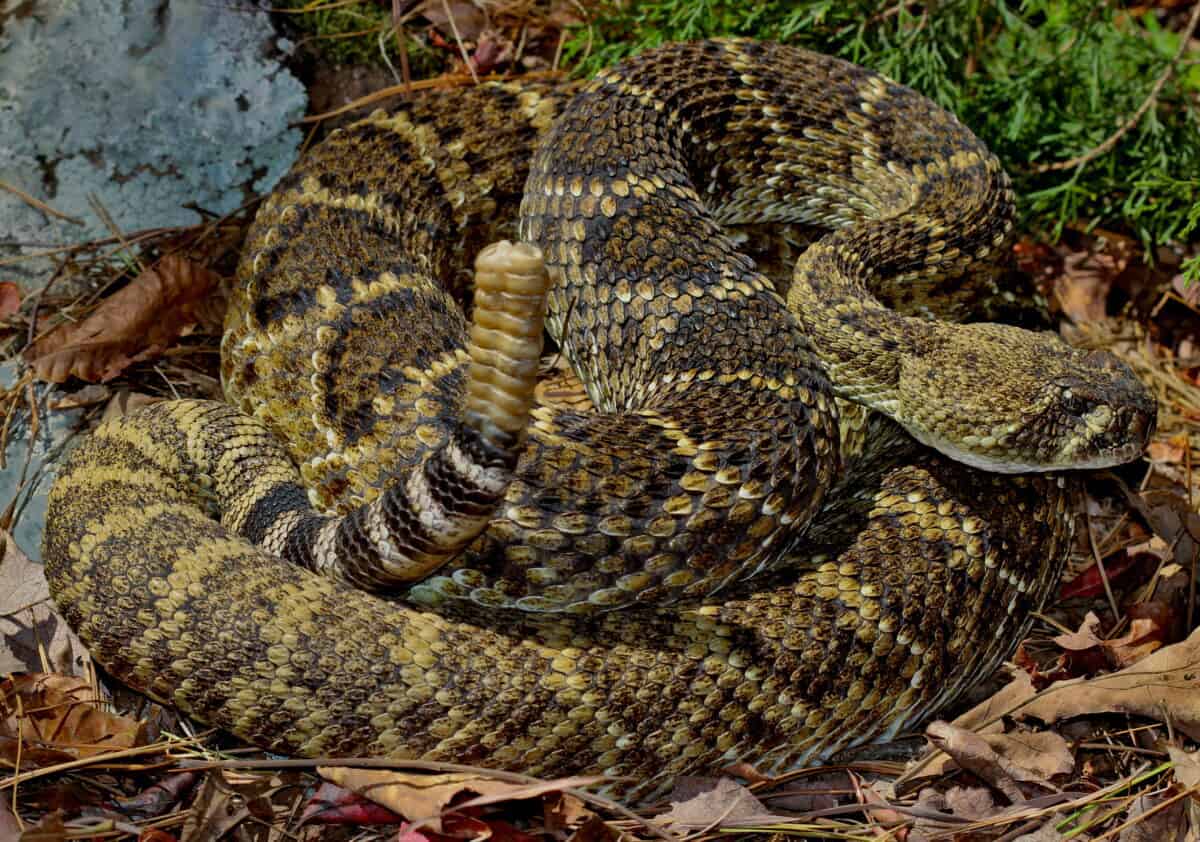
Texas is home to ten species of rattlesnakes, with the Western diamondback (Crotalus atrox) being the most common and widespread. Despite their fearsome reputation, rattlesnake bites cause remarkably few fatalities in modern Texas. According to the Texas Department of State Health Services, the state averages 1-2 snake-related deaths per year, with approximately 950 venomous snakebites reported annually. The vast majority of these bites occur when humans attempt to handle, kill, or accidentally step on the snake. Most rattlesnakes prefer to avoid human contact and will use their distinctive rattle as a warning mechanism. With prompt medical attention, even serious rattlesnake bites are rarely fatal, placing these reptiles well below deer, fire ants, and feral hogs in terms of human fatality statistics.
Kissing Bugs: The Disease Vectors
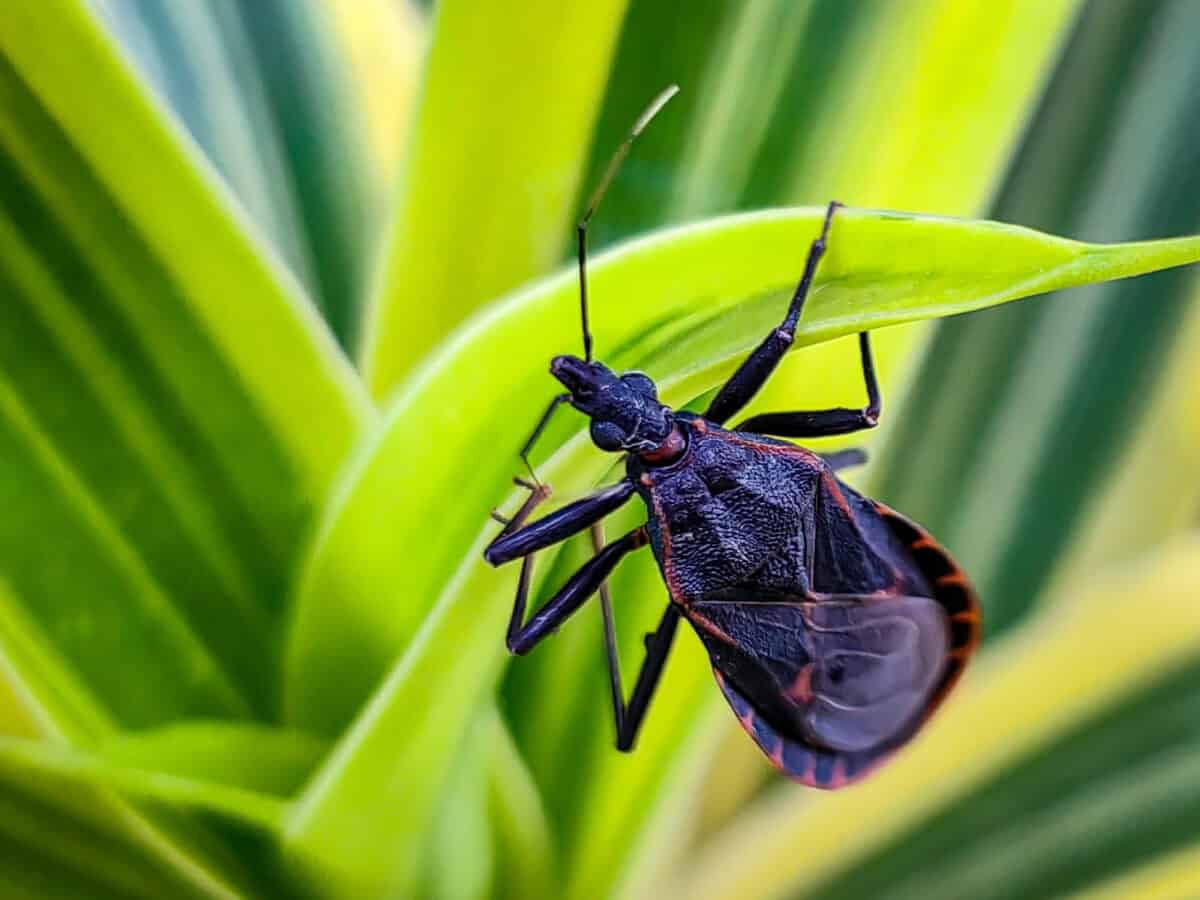
Triatomines, commonly known as “kissing bugs,” represent an emerging danger in Texas. These blood-feeding insects can transmit Trypanosoma cruzi, the parasite that causes Chagas disease. While the acute symptoms of Chagas can be mild and flu-like, the chronic phase that develops in approximately 30% of infected individuals can lead to serious cardiac and digestive complications decades later. Texas has documented locally acquired cases of Chagas disease, and studies have found that 50-60% of certain kissing bug species in Texas carry the T. cruzi parasite. While not immediately lethal like some wildlife encounters, the long-term health implications of these insects make them a significant concern, particularly in rural and suburban areas of Central and South Texas where they’re most common.
Killer Bees: Aggressive Defenders

Africanized honey bees, often sensationally called “killer bees,” have established themselves throughout most of Texas since their arrival in 1990. These bees are a hybrid of African and European honey bee subspecies and are known for their aggressive defensive behavior. While a single Africanized bee’s sting is no more venomous than that of a regular honey bee, they attack in much larger numbers, pursue perceived threats farther, and remain agitated longer than European honey bees. Since their arrival in the United States, Africanized bees have been responsible for approximately 1,000 human deaths, with several occurring in Texas. People with bee allergies face particular risk, as even a relatively small number of stings can trigger anaphylaxis. However, even for non-allergic individuals, the massive number of stings delivered during an Africanized bee attack can cause systemic toxicity.
Alligators: Misunderstood Reptiles

American alligators (Alligator mississippiensis) inhabit the eastern third of Texas, with populations concentrated in coastal marshes, swamps, rivers, and lakes. These prehistoric reptiles can grow to over 14 feet in length and weigh more than 1,000 pounds. Despite their intimidating appearance and potential for causing serious injury, alligator attacks in Texas are exceedingly rare. The Texas Parks and Wildlife Department has documented fewer than 20 non-fatal alligator attacks since 1948, with only one confirmed fatality in 2015. Most incidents occur when alligators have been fed by humans and lose their natural fear, or when people swim in areas known to have large alligator populations. Despite their fearsome reputation, alligators rank far below deer, fire ants, and feral hogs in terms of actual danger to Texans.
Prevention and Safety Measures

Avoiding deer-vehicle collisions requires vigilance, especially during dawn, dusk, and the fall rut season. Using high beams when possible, scanning the roadside continuously, and reducing speed in areas with deer crossing signs can significantly reduce risk. When encountering deer on the road, experts recommend braking firmly but not swerving, which can lead to more dangerous rollover accidents or collisions with oncoming traffic. For fire ant protection, caution around mounds, wearing closed-toe shoes outdoors, and keeping epinephrine auto-injectors available for those with known allergies are essential steps. With feral hogs, maintaining distance, never approaching piglets (which may have protective adults nearby), and making noise when hiking in known hog territories can prevent dangerous encounters. For all Texas wildlife, the golden rule applies: maintain respectful distance, never feed wild animals, and understand that most wildlife prefers to avoid human interaction.
Conclusion: Respecting Wildlife in the Lone Star State

The reality of wildlife danger in Texas often contradicts popular perception, with the seemingly docile white-tailed deer representing a far greater statistical threat than venomous snakes or predatory mammals. This illustrates an important principle in understanding wildlife risk: the animals that cause the most human fatalities are rarely those that actively hunt or attack humans, but rather those that inadvertently cause harm through traffic collisions or allergic reactions. For Texans and visitors alike, this knowledge should inform how we approach wildlife safety, focusing prevention efforts on deer-aware driving habits, insect precautions, and maintaining responsible distance from all wild animals. By understanding the true nature of wildlife risks in Texas, we can better appreciate and safely coexist with the state’s remarkable biodiversity while minimizing the chance of dangerous encounters.
- How Penguins Take Turns at Sea and Nest to Raise Chicks - August 9, 2025
- Dolphin Brains Compare to Those of Apes and Humans - August 9, 2025
- 14 Cutting-Edge Biotech Innovations That Will Shape the Future - August 9, 2025

